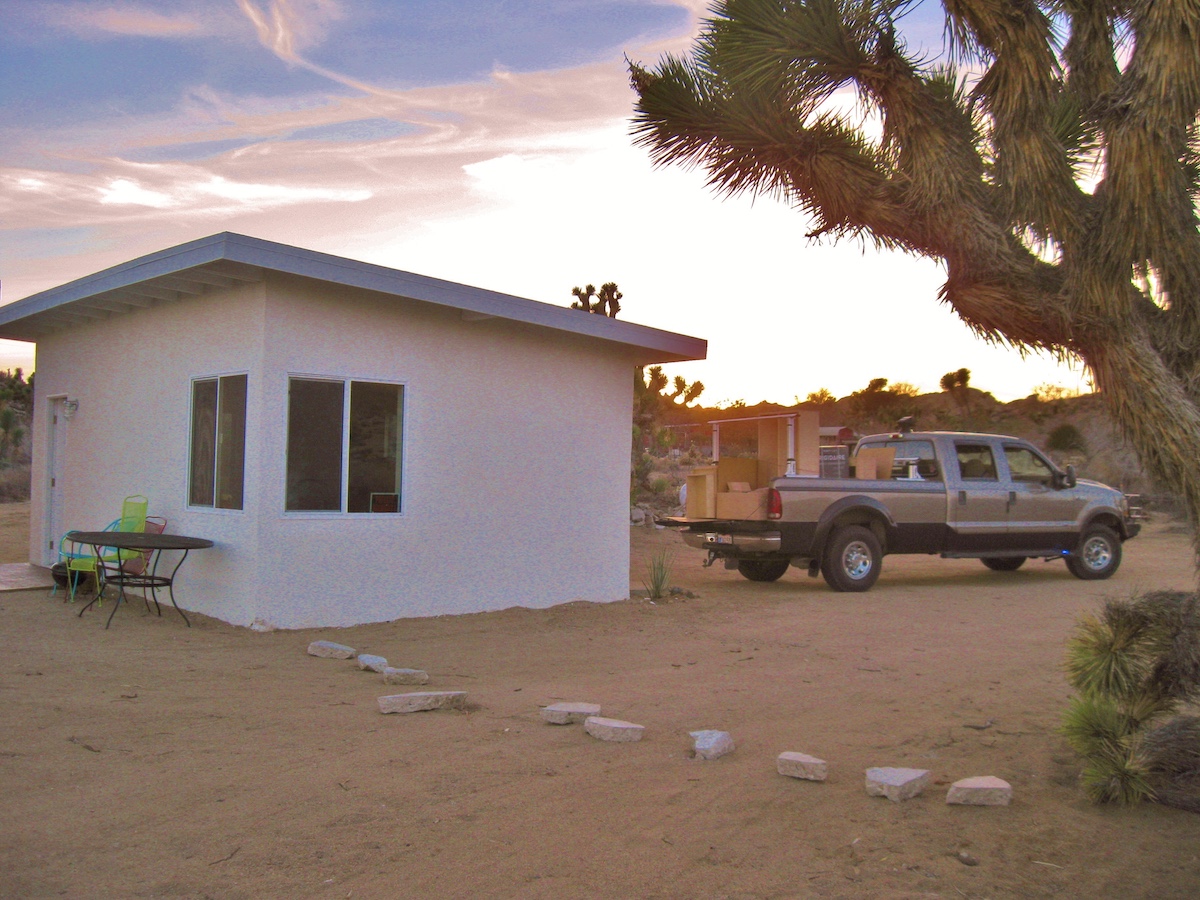Standard, no. Standards, yes.
You’ve read articles, followed writing gurus, set the 5 a.m. alarm for daily word count. Yet your manuscript still feels like a collection of fragments searching for a backbone. The Queen of Everything has been there and has some thoughts about getting out in one piece.
I also collect writing advice—books, videos, quotes that inspire. After decades of writing, I can fit those pieces into my practice the way a vintage Salterini chair complements a Mojave desert patio. But if your book has gone through evolutions and drafts and you’re still stuck, you need some movement in the form of custom-designed development advice--whether a developmental review or developmental edit or book coaching.
Developmental advice for authors often feels like IKEA furniture—useful but requiring endless patience to assemble. Inevitably, you begin to believe your ideas are wrong because they don’t fit standard dimensions. But your book isn’t mass-produced particleboard demanding predictable assembly. It’s a custom piece requiring its own blueprint.
I learned this not from publishing, but from my desert maison—specifically, from the craftsman who transformed my jackrabbit shack into a beautifully functional creative sanctuary.
No-Fuss or Fuss?: Vive la Différence!
When I bought my Mojave cabin, I could have filled it with furniture quickly and cheaply from a big-box store or via Amazon. No fuss, problem solved. Right? Well... I felt antsy. Dissatisfied. I decided to put in a little fuss. My general contractor recommended a master cabinetmaker who approached my space like a three-dimensional puzzle demanding elegantly simple solutions.
A Murphy bed that disappears: Instead of choosing between cozy sleeping quarters and gracious living space in a one-room cabin, he created both. One piece transforms the entire room’s purpose with a simple tip and fold. I've gone from zzzz's to Zoom in a flash thanks to this, so I can attest to his genius.
An under-counter carousel that banishes dead space: The awkward corner that swallowed everything became functional. He installed a rotating carousel bringing stored items directly to the Queen of Everything's fingertips, as she deserves. No more 5 a.m. coffee hunts to keep up with my East Coast people.
Benches with hidden capabilities: Simple seating opens to reveal deep storage while doubling as a sleeping platform when paired with a low table that, by the way, also extends to dining height. James Bond-level practical, adaptable, inventive!
This cabinetmaker took time to understand how I actually work and live, then applied tried-and-true design principles to transform my shack into a sanctuary. He took a nonstandard approach to make sure my space met my high standards. All the fuss was worth it.

Your Book May Need Custom Cabinets...
Generic book advice feels dissatisfying when you’re stuck with a transformative idea that refuses to behave. Consider that groundbreaking books demand solutions as unique as their insights.
1. ...When Big Ideas Need Elegant Simplification
Standard advice: “Show, don’t tell.” Your reality: Thanks, but that’s not showing me how to synthesize decades of expertise.
Custom approach: Like my cabinetmaker creating that rotating carousel bringing what’s hidden directly within reach, we can design exposition that serves rather than overwhelms.
The Queen’s tip: Map your “expert shortcuts.” List 3–5 ideas you mention casually but that stop a newcomer cold. For each one, write a single sentence explaining it as if texting a curious friend. Keep it simple, punchy, and dare I say elegant. These become your crafty carousel moments that rotate complex ideas into accessible reach.
2. ...When Your Readers Wear Multiple Hats
Standard advice: “Know your reader.” Your reality: Thanks, but I’m aiming for the founder who’s equally passionate about quarterly reports and weekend pottery. How do I reach the whole person?
Custom approach: We design flexible architecture—main narrative for the strategic thinker, strategic sidebars for the hands-on creator, appendices for the implementer. Like my multifunctional benches, every element serves multiple purposes.
The Queen’s tip: Take one chapter from your manuscript or outline and practice the “bench test.” 1) Sketch out the main narrative for the boardroom mind; 2) highlight creative insights or personal stories that could pull out for sidebars—the studio moments; 3) then mark places where tactical information could be added at chapter’s end or book’s back—resource lists, step-by-step techniques for the doer. Same content, three functions—like seating that opens for storage and converts to a bed.
Are we a fit?
Here’s what I’ve discovered after two decades of this work: The most satisfying breakthrough happens when we leave behind the assembly line and start building something worthy of your vision.
Your transformative idea is asking for a craftsman who understands both the materials and the dream. Let’s explore what custom approach your project deserves. Contact me with your requirements, and let's find an elegant solution.

Elizabeth Smith is a ghostwriter, developmental editor, and book strategist with two decades of publishing experience—and a southpaw with a mean right hook. Between her NYC boxing gym and Mojave Desert maison, she helps thinkers, creatives, and organizations articulate their ideas through books that resonate deeply. Ready to transform your vision into a book with impact? Let's connect.




